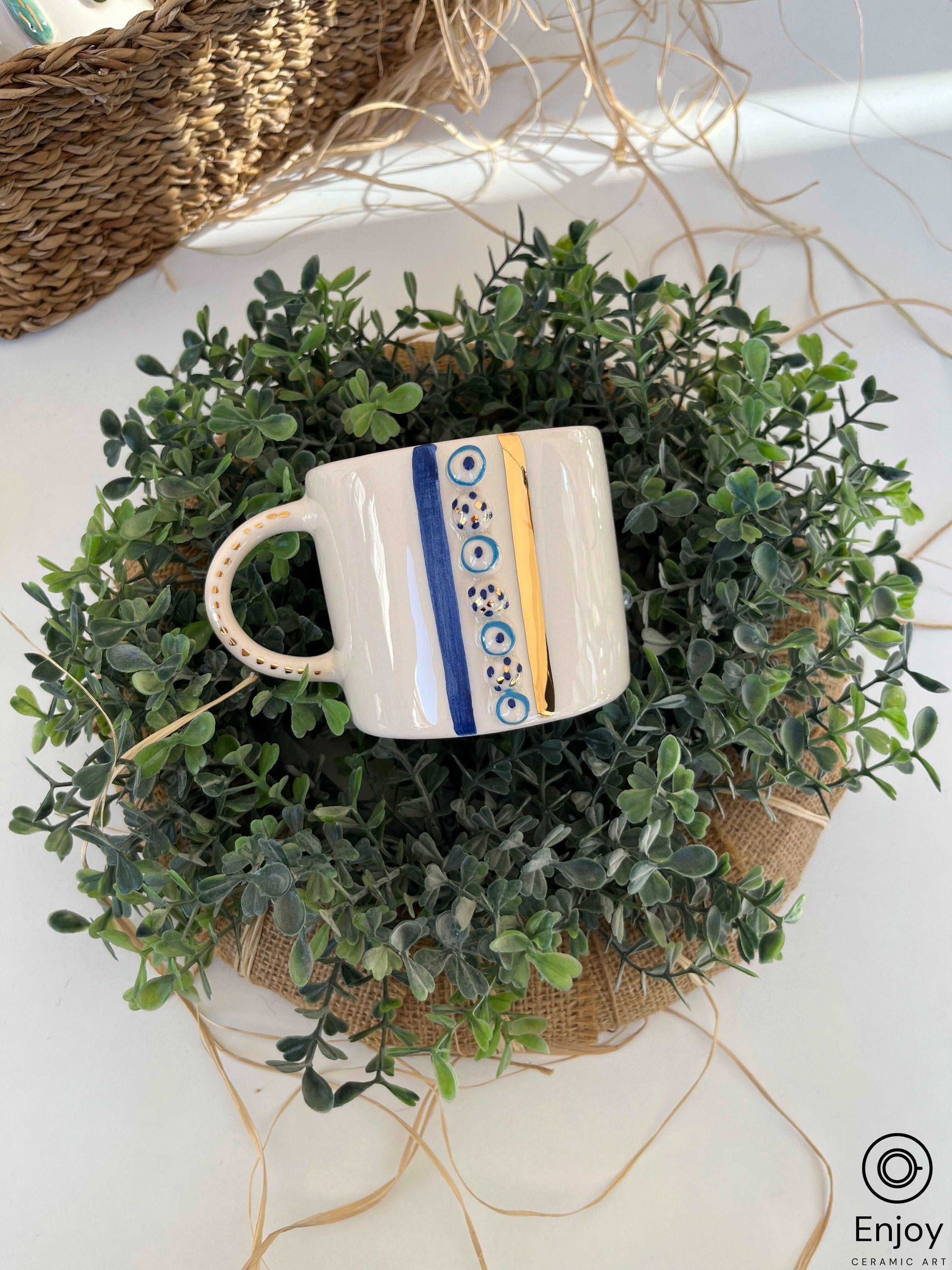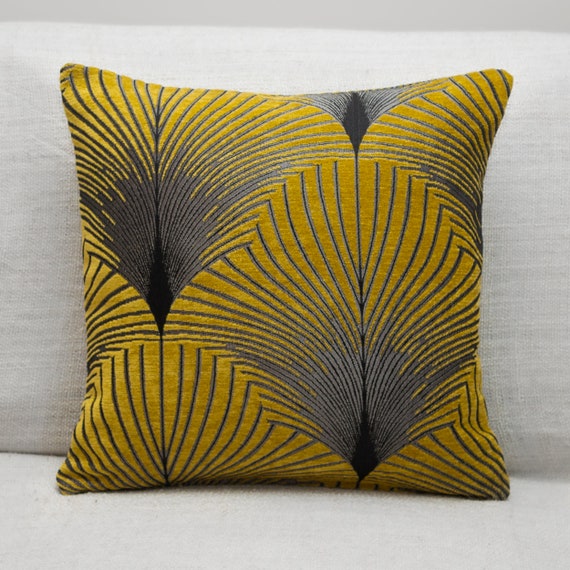The Facts About Top News Sites Uncovered
Wiki Article
Excitement About Unique Art
Table of ContentsUnique Art Things To Know Before You BuyThings about Unique ArtIndicators on Unique Art You Need To KnowUnique Art Fundamentals Explained
While one could dispute which art type holds precedence, the fact stays that each of these seven forms supplies an unique window into human history, society, and advancement. They are the tapestries that chronicle our journey, reminding us of our past while inspiring visions for the future.Wonderful artwork narrates, makes individuals look twice, and develops an unique experience that can't be matched. Art and pictures interact every one of that through shade, form and various other layout aspects. Find out exactly how to make your special artwork attract attention from the crowd.
3 Emil DervishIn this entranceway by Emil Dervish that stunning cobalt blue door swipes the program. To bring even extra drama, he extended the paint. to the doorframe and the wall surface up, completing in a curved shape. The contours, together with a round sconce, soften the edges - Unique Art. After that frameworks classic posters and maps of precious places established the scene.
8 TRIA GIOVANEqual components grand and laidback, this entrance hall developed by Anthony Baratta is the excellent plan to follow if you're decorating a formal entrance that still feels unfussy and comfy. Formed fabrics take center phase (see the carpets and the sofa), but they additionally help bring the high ceilings down to a human range when hung over wallpaper.
7 Easy Facts About Unique Art Described
18 Heidi Caillier DesignA gallery wall doesn't need to use up the entire room. Often a tiny one can make a larger design statement. In this living-room, Hiedi Caillier chose micro-mini frameworks and a random structure. Ad - Continue Reading Below19 Stephen Kent JohnsonDesigner Juan Carretero opted for a deep environment-friendly paint color to comparison with the light wood surfaces., the expression of ideas and emotions, with the development of particular visual high qualities, in a two-dimensional visual language. The aspects of this languageits shapes, lines, colours, tones, and texturesare utilized in numerous means to produce experiences of volume, room, movement, and light on a flat surface. These aspects are integrated into expressive patterns in order to represent real or supernatural phenomena, to translate a narrative theme, or to produce completely abstract visual relationships.
Later on the notion of the "fine artist" created in Asia and Renaissance Europe. During the 19th century painters in Western societies started to shed their social placement and safe and secure patronage.
Rumored Buzz on Unique Art
Others gained a revenue through touring events of their work. The need to appeal to a marketplace had actually changed the comparable (if much less impersonal) needs of patronage, and its result on the art itself was most likely comparable. Usually, musicians in the 20th century could get to a target market just with industrial galleries and public galleries, although their work may have been occasionally replicated in art regularsFor a discussion of the forgery of artworks, see bogus. For a conversation of the role of paint and other arts in religion, as well as of making use of religious symbols in art, see spiritual symbolism and iconography. For information on various other arts associated with paint, see write-ups such as drawing; folk art; printmaking. It moved here is the sense of certainty in this formal organization that provides a terrific painting its self-sufficiency and visibility. The colours and placing of the primary pictures in a layout might be occasionally mainly made a decision by representational and symbolic considerations. It is the official interaction of colours and forms that alone is capable of connecting a certain state of mind, generating optical sensations of area, volume, motion, and light and creating pressures of both harmony and stress, also when a paint's narrative importance is odd.
Don't copy the style of various other artists if you're trying to locate your style. Copying other individuals's art work can be terrific in academic purposes but it will certainly not make you closer to finding your very own unique design. Your artistic style has to be, what you such as and what inspires you.

3 Easy Facts About Unique Art Shown
You need to try whole lots of different choices and check out every little thing prior to you can concentrate on one particular design or you'll be tired, or even worse, you'll dislike your very own design. So I recommend you to attempt every solitary subject that you're interested in, discover as long as you can. Try various tools that delight you and brand-new methods you have actually never attempted before.With time you'll have the ability to arrange all of them into your favorite and visit homepage the very least preferred groups. Attempt to concentrate your interest on the topics get redirected here and tools that you like and before you see it coming you'll have your own personal and unique style, like no one else have! So in the long run you'll have a couple of favored based on repaint and perhaps a few favored tools.

Report this wiki page